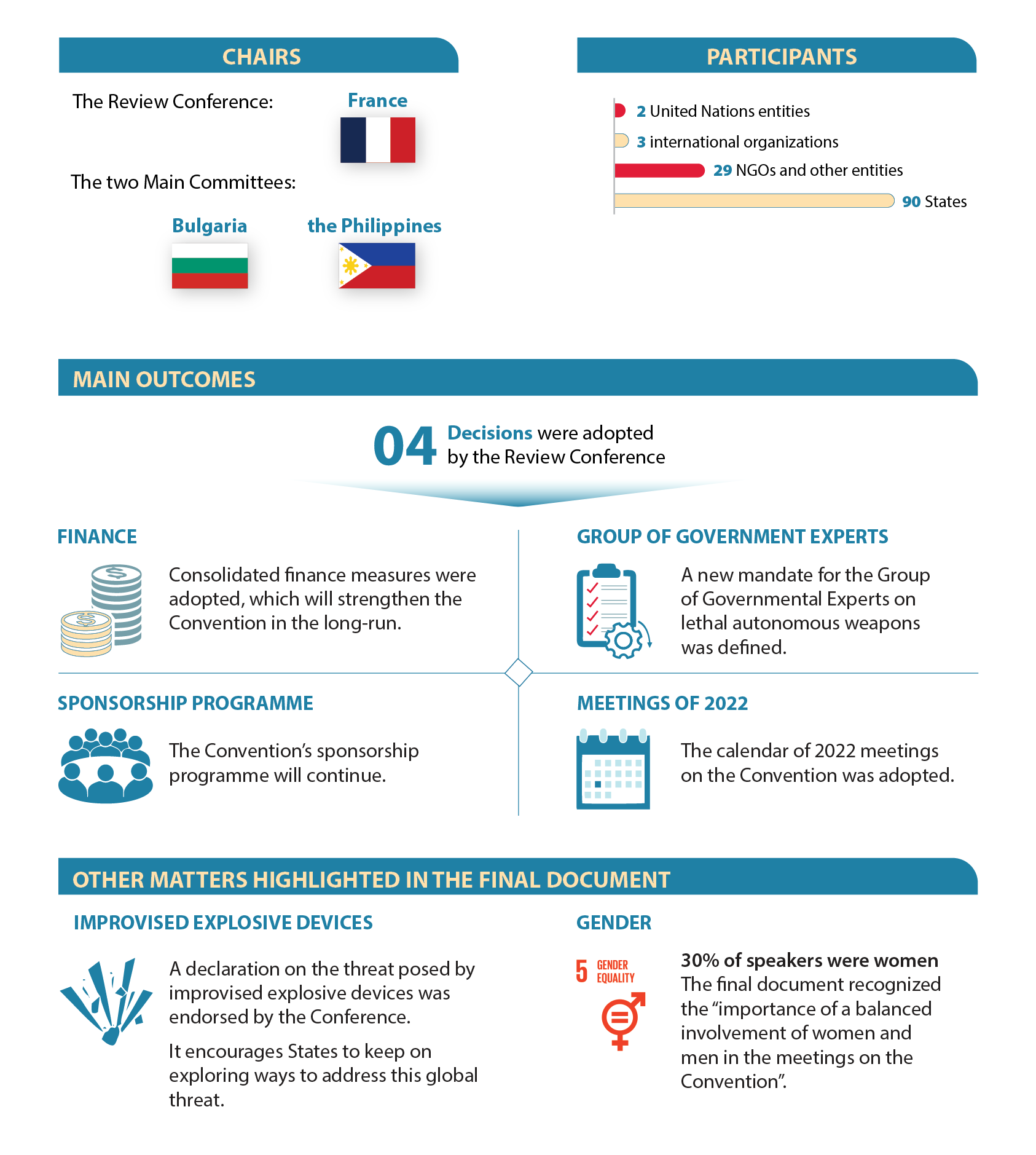Threats related to the misuse, illicit transfer and destabilizing accumulation of small arms and light weapons and their ammunition have remained a defining factor in undermining peace and security ...
The year 2021 saw both welcome progress and new challenges in the context of conventional arms. In much of the world, international peace and security continued to suffer from the illicit transfer, destabilizing accumulation and misuse of small arms and light weapons, as well as their ammunition. In a variety of settings, armed violence continued to be driven by the ongoing movement of weapons to and between non-State actors, including in the context of organized crime and terrorism.
Most major armed conflicts continued to varying degrees, fuelled by flows of weapons that persisted despite calls to negotiate ceasefires and observe truces to support the international response to COVID-19. Meanwhile, the pandemic continued to complicate the delivery of much-needed humanitarian assistance, particularly in conflict and post-conflict settings. As the Secretary-General noted in his 2021 report to the Security Council, “from the Central African Republic to Libya, South Sudan, Sudan and Yemen, the proliferation of and illicit trafficking in [small arms and light] weapons have deeply aggravated situations for vulnerable populations already suffering from conflict.”
In Afghanistan, the withdrawal of the international military presence led by the United States enabled the Taliban to rapidly seize territory and, along with it, large caches of firearms and other military equipment left behind or surrendered by Afghan security forces. The takeover thus gave way to credible concerns among expert observers that failure to keep the materiel out of black markets may result in Afghanistan becoming a regional hub for the illicit arms trade, contributing to violence in and beyond the region over the coming decades.
The year also brought opportunities and positive developments, with the international community marking 20 years since the adoption of two landmark instruments countering the problem of illicit manufacturing, trafficking, uncontrolled proliferation and misuse of small arms and light weapons. The anniversaries of the Firearms Protocol and the Programme of Action on Small Arms and Light Weapons provided an opportunity to take stock of past achievements and challenges over two decades of implementation, as well as to consider the way forward in the framework of the Decade of Action to achieve the 2030 Agenda for Sustainable Development.
The seventh Biennial Meeting of States on the Programme of Action successfully took place in New York in July, following its postponement in 2020 owing to the COVID-19 pandemic. By unanimous vote, Member States agreed to adopt an outcome document containing several progressive elements; for example, they decided to consider establishing voluntary national and regional targets to help measure and strengthen local ownership of efforts to fully and effectively implement the Programme of Action and its accompanying International Tracing Instrument. Yet, despite progress on key issues, including agreement on language concerning ammunition and the newly established concept of “national target-setting”, States continued to differ over how and when to address recent developments in manufacturing, technology and design of small arms and light weapons, particularly with respect to polymer and modular weapons.
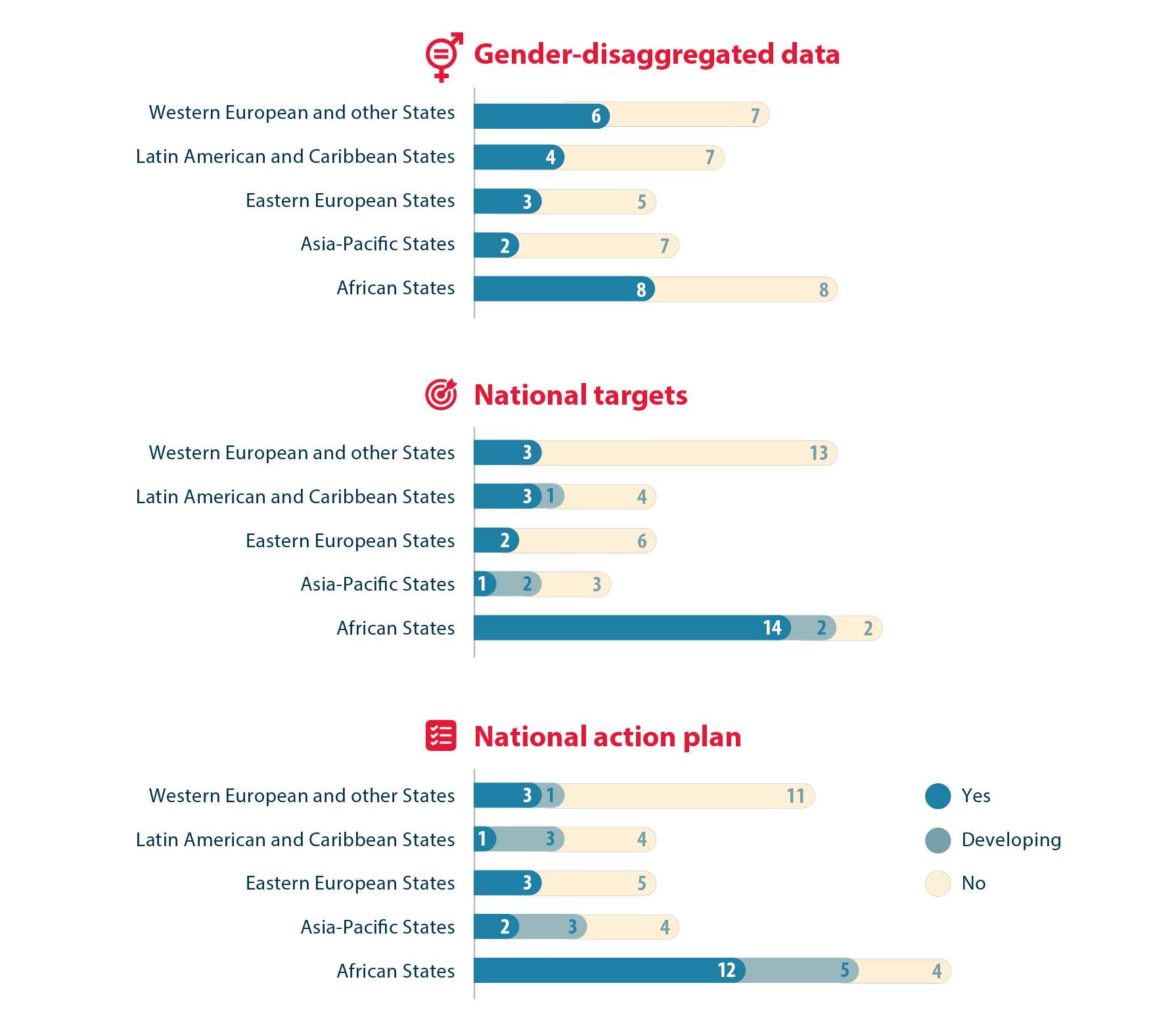
This graph shows the varying levels of reporting on the existence of gender-disaggregated data collection, national targets and national action plans by region, as included in submitted reports for the Programme of Action on Small Arms and Light Weapons. Overall, roughly 70 per cent of States did not report the collection of gender-disaggregated data, the establishment of national targets or the adoption of national action plans.
However, the reports received reflected the following trends and capacity by region:
At the end of the year, and in line with the recommendations contained in the report of the Group of Governmental Experts on Problems Arising from the Accumulation of Conventional Ammunition Stockpiles in Surplus, the General Assembly established a new Open-ended Working Group on the same matter. The Working Group was scheduled to convene in 2022 and 2023 to develop a new global framework for addressing existing gaps in the management of ammunition throughout its life cycle.
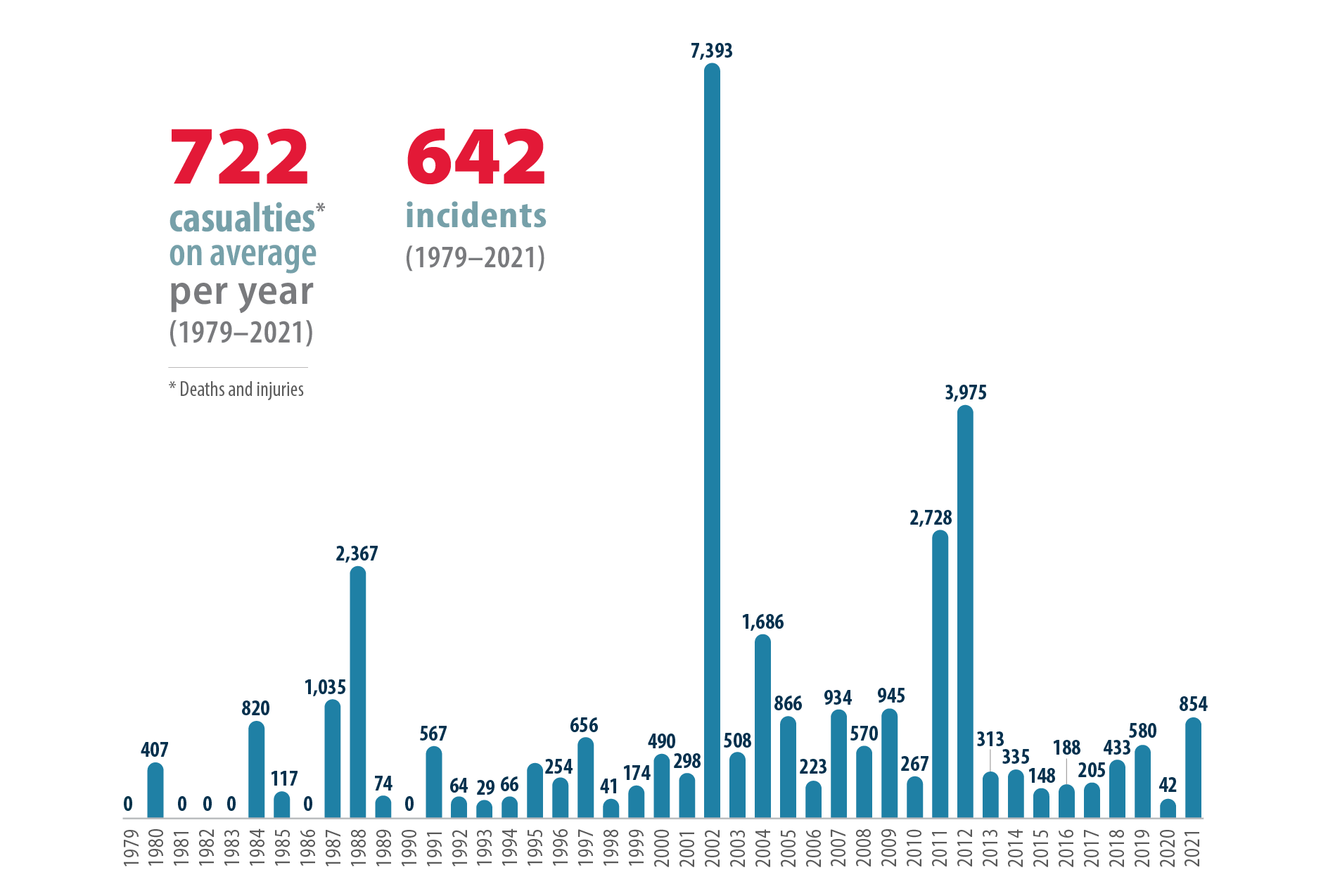
From January 1979 to December 2021, more than 30,000 casualties resulting from incidents relating to unplanned explosions at munitions sites were recorded. In 2021, 854 casualties resulted from eight incidents. The highest number of casualties was recorded in 2002, mainly due to the devastating incident that occurred in Lagos, Nigeria. Similarly, the incident in Abadan, Turkmenistan, in 2011, and the one in Brazzaville, Congo, in 2012, contributed strongly to the spikes in 2011 and 2012.
Ageing, unstable and excess ammunition stockpiles pose the dual hazards of illicit proliferation and accidental explosion, which have caused humanitarian disasters and destabilization in various global regions. In view of those challenges, the United Nations developed the International Ammunition Technical Guidelines in 2011 and established the SaferGuard Programme as the corresponding knowledge management platform, at the request of the General Assembly. The Guidelines constitute practical, modular guidance on the safe and secure management of ammunition, which benefits United Nations personnel in the field, interested States and other relevant stakeholders.
Source: Small Arms Survey
Meanwhile, in December, the Security Council adopted its first thematic resolution on small arms since 2015. In the resolution, the Council focused on the illicit transfer, destabilizing accumulation and diversion of arms and related materiel in violation of Council-mandated arms embargoes.
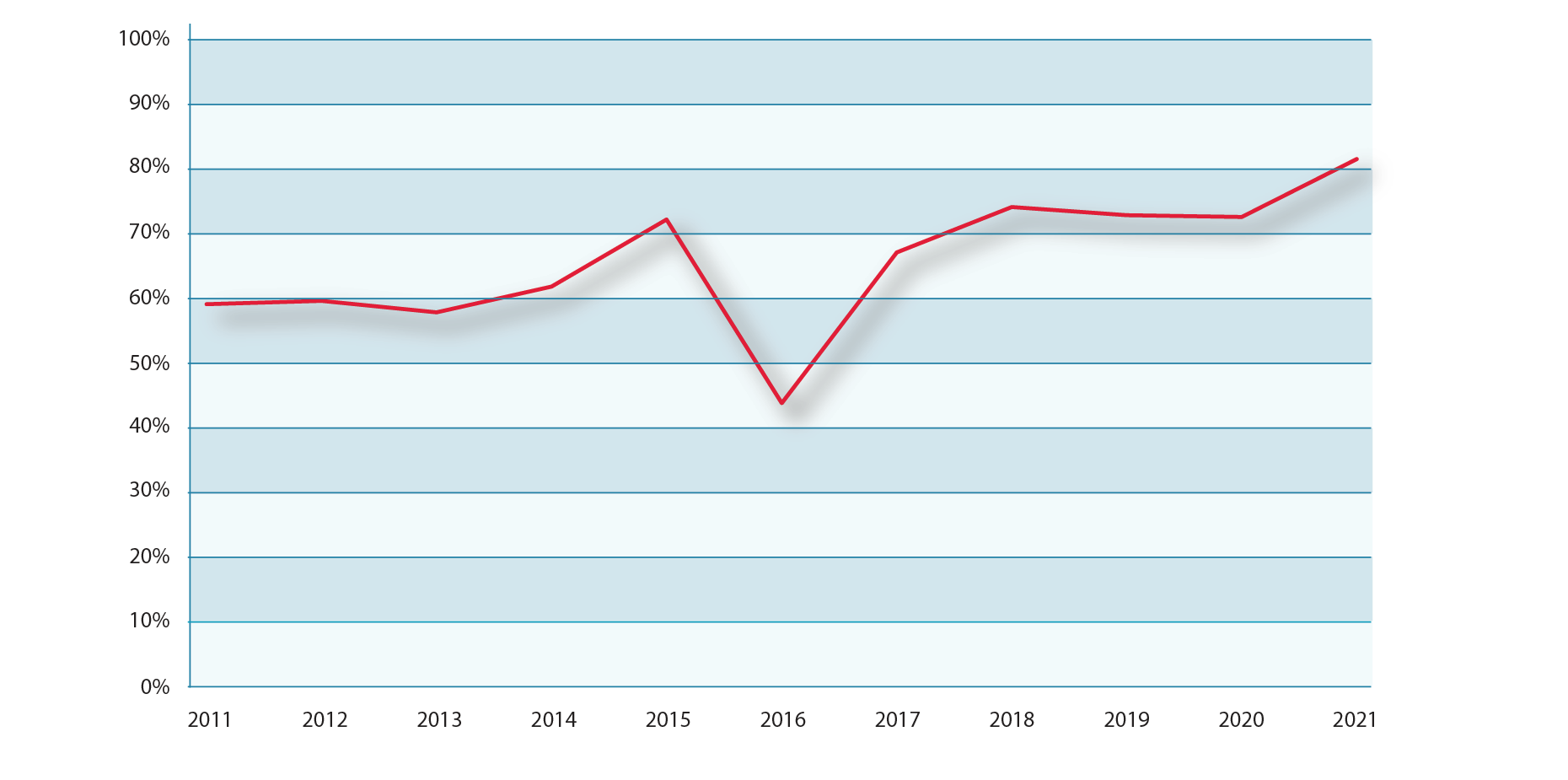
Throughout the year, offices across the United Nations system continued to implement a decision on small arms adopted in 2020 by the Secretary-General’s Executive Committee. In that regard, their activities included taking forward the work of the Saving Lives Entity (SALIENT) as its pilot programmes got under way in Cameroon, Jamaica and South Sudan. The Coordinating Action on Small Arms group, consisting of 24 United Nations entities, adopted new terms of reference with an emphasis on helping countries integrate national arms control measures into their national development frameworks. In the same spirit of cooperation, the Office for Disarmament Affairs deepened its partnership with the United Nations Office on Drugs and Crime as the two entities jointly assumed leadership in helping States to collect data on Target 16.4 of the Sustainable Development Goals on significantly reducing illicit arms flows.
In 2021, the Office for Disarmament Affairs and the African Union continued the collaboration they had initiated in 2020 within the framework of the Silencing the Guns initiative. They supported the collection of illegally held firearms in Madagascar, the Niger and Uganda by building capacities for community-based policing and the management of weapons and ammunition, including through record-keeping and destruction. The partners also collected several small arms through the joint assistance project.
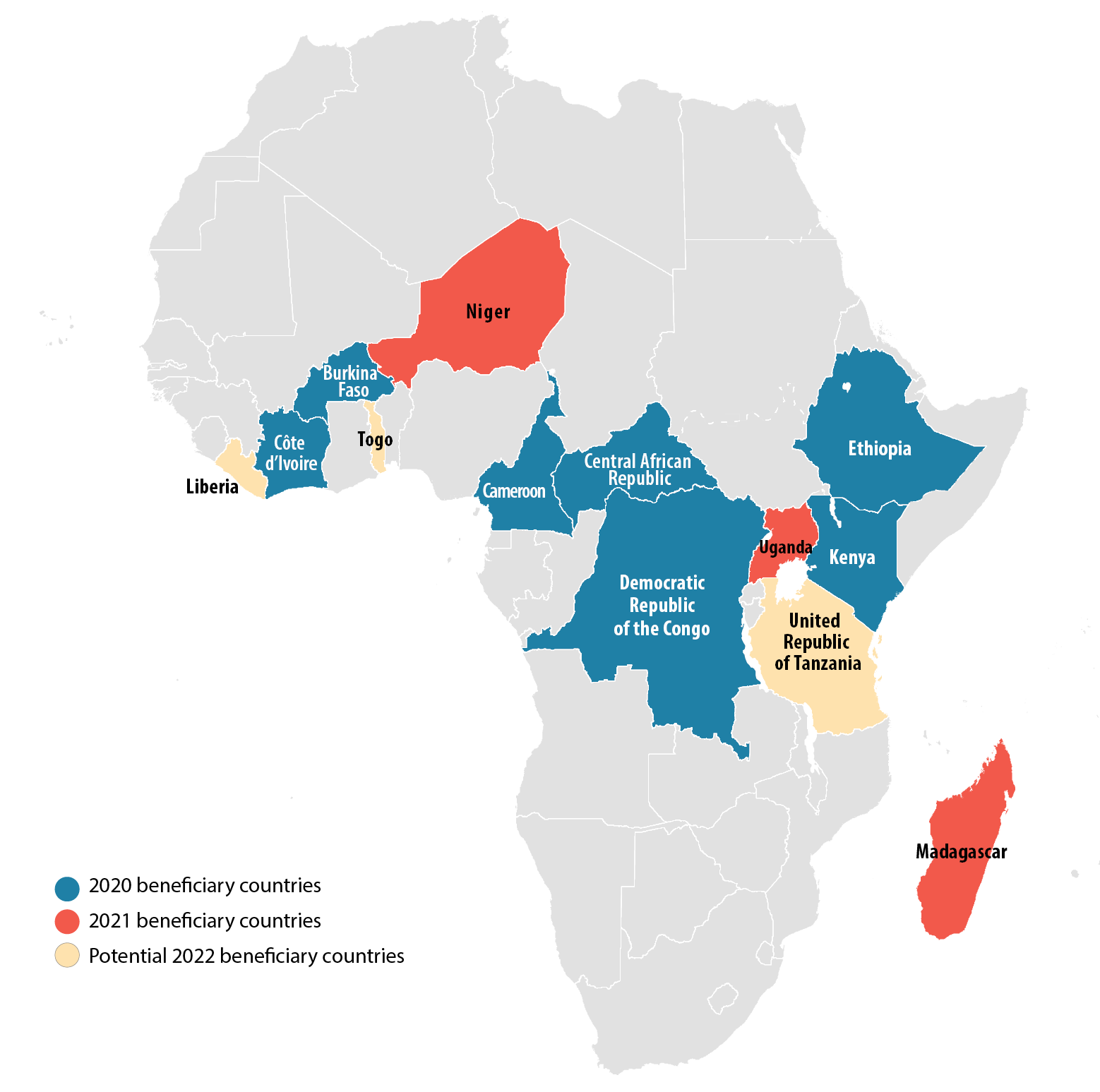
The boundaries and names shown and the designations used on this map do not imply official endorsement or acceptance by the United Nations. Final boundary between the Republic of Sudan and the Republic of South Sudan has not yet been determined.
Furthermore, the Office for Disarmament Affairs activated the quick-response mechanism of the United Nations SaferGuard programme at the request of Equatorial Guinea after an arms depot exploded in Bata in March. The explosion killed more than 100 people. Acting through that mechanism and in cooperation with the Ammunition Management Advisory Team, the Office dispatched a team that provided technical advice while helping to clear the scene and limit the accident’s humanitarian consequences. In November, the Office deployed a similar mission to Togo, at the Government’s request, to provide technical assistance in proactively addressing obsolete arms depots.
In addition, despite the ongoing pandemic, the United Nations Trust Facility Supporting Cooperation on Arms Regulation (UNSCAR) funded 14 ongoing projects. As the administrator of the Trust Facility, the Office for Disarmament Affairs provided substantive input for those projects and supplied programming guidance for 12 new proposals. In response to the 2021 call for proposals, 36 applications were received, with the final selection of funding recipients to be decided in 2022.
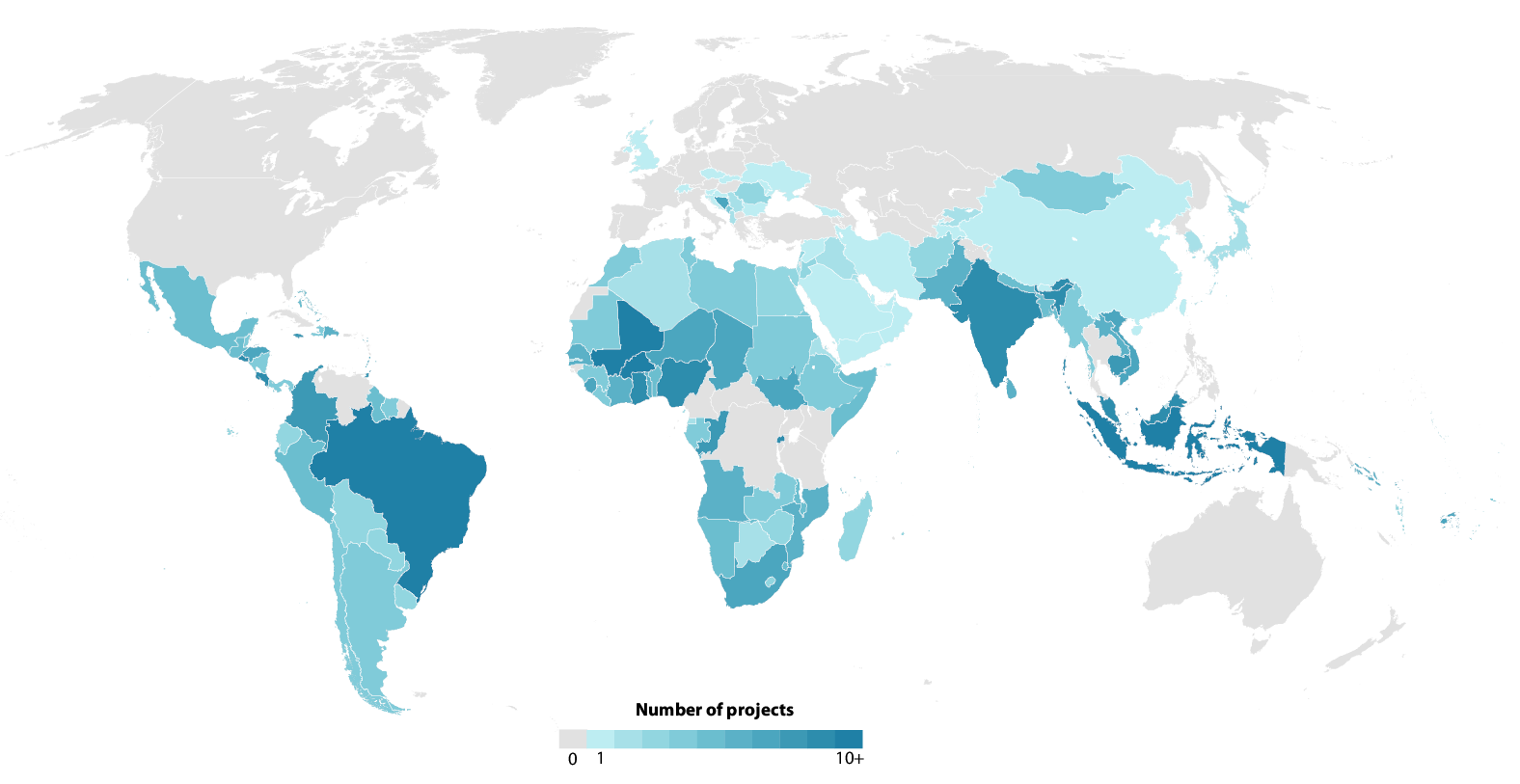
The boundaries and names shown and the designations used on this map do not imply official endorsement or acceptance by the United Nations. Dotted line represents approximately the Line of Control in Jammu and Kashmir agreed upon by India and Pakistan. The final status of Jammu and Kashmir has not yet been agreed upon by the parties. Final boundary between the Republic of Sudan and the Republic of South Sudan has not yet been determined. A dispute exists between the Governments of Argentina and the United Kingdom of Great Britain and Northern Ireland concerning sovereignty over the Falkland Islands (Malvinas).
The Office for Disarmament Affairs also expanded the Modular Small-arms-control Implementation Compendium (MOSAIC) by developing three new modules on the following: deactivation of small arms and light weapons; gun-free zones; and criminal justice responses to the illicit proliferation of small arms and light weapons. The Office also completed the translation from English into French and Spanish of all the MOSAIC modules, enabling Member States and civil society organizations to more easily access guidance contained in the modules.
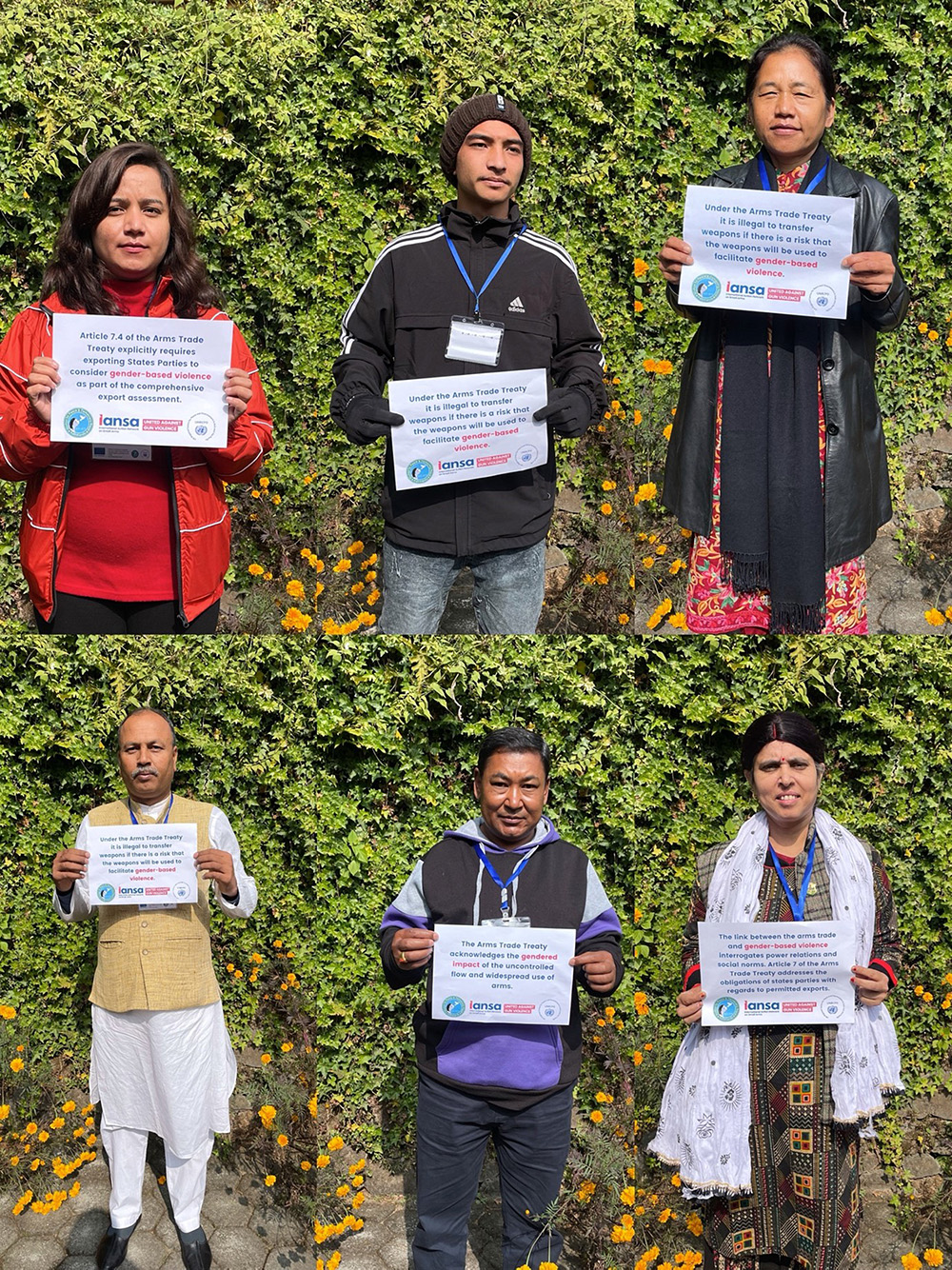
Participants in the 16 Days of Activism against Gender-Based Violence campaign join an event in Nepal on 24 and 25 November 2021.
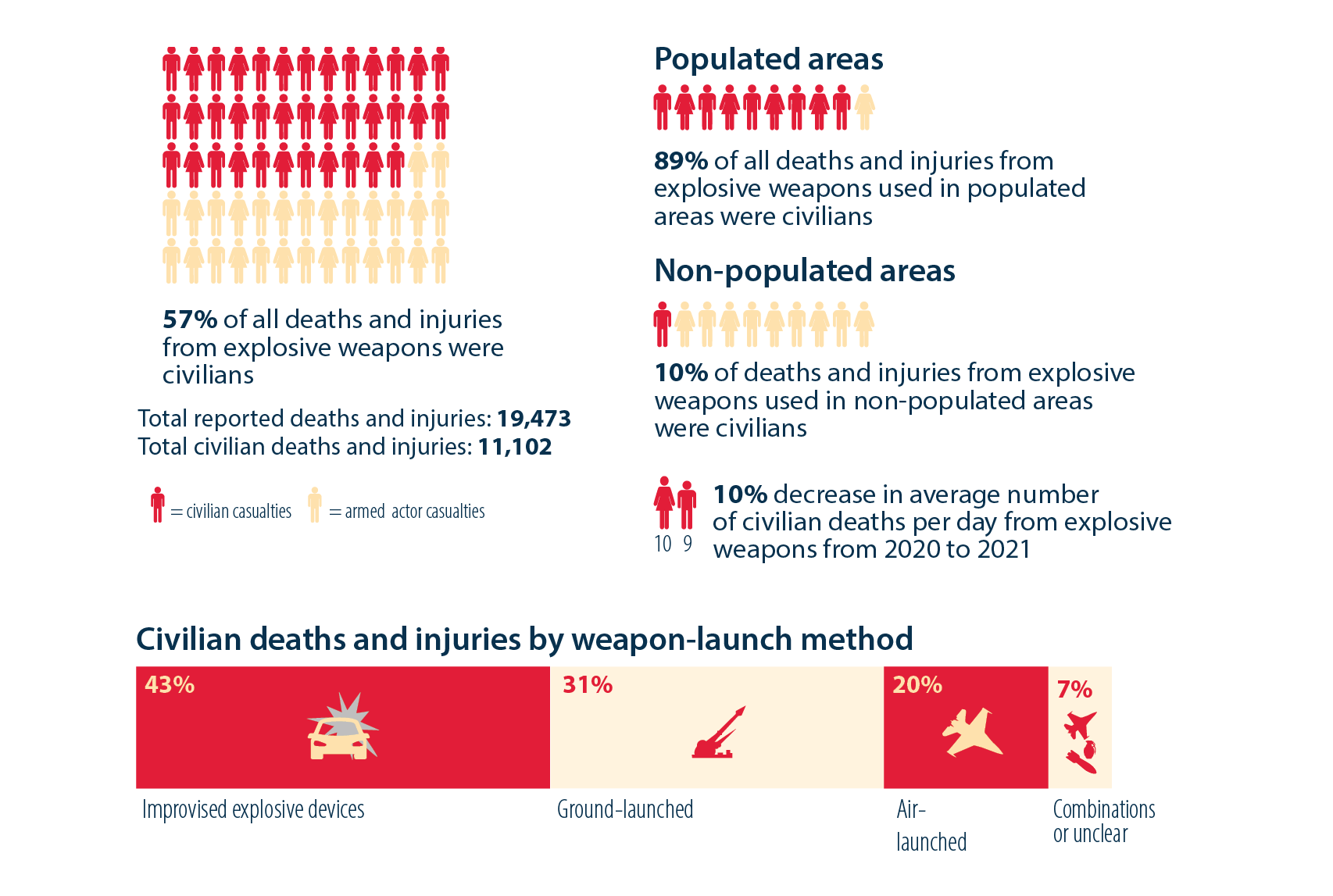
When explosive weapons are used in populated areas, civilians bear the brunt.
In the Agenda for Disarmament, the Secretary-General places special emphasis on addressing the use of explosive weapons in populated areas and has committed to supporting Member States in their efforts to develop a political declaration, as well as appropriate limitations, common standards and operational policies, in conformity with international humanitarian law.
Source: Action on Armed Violence
